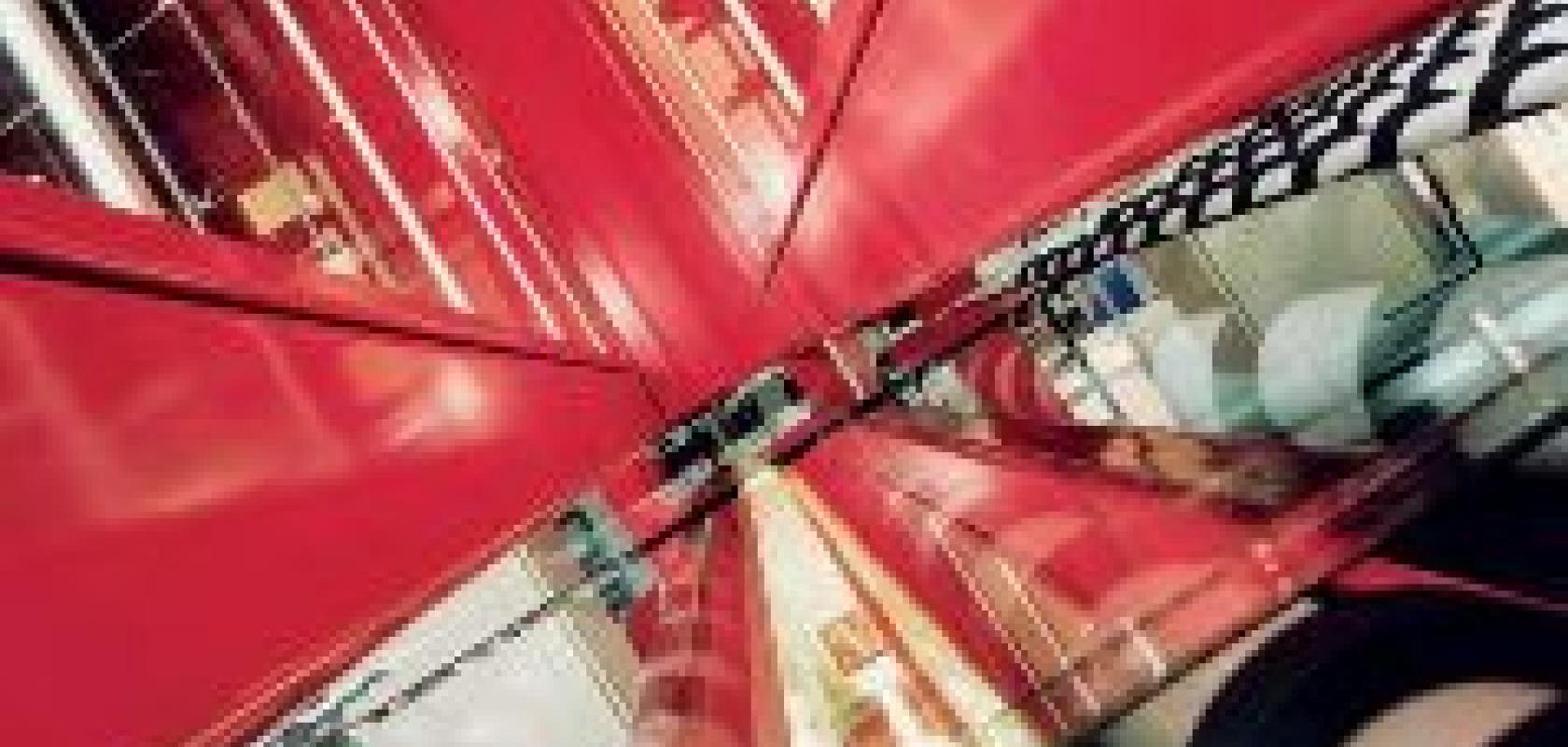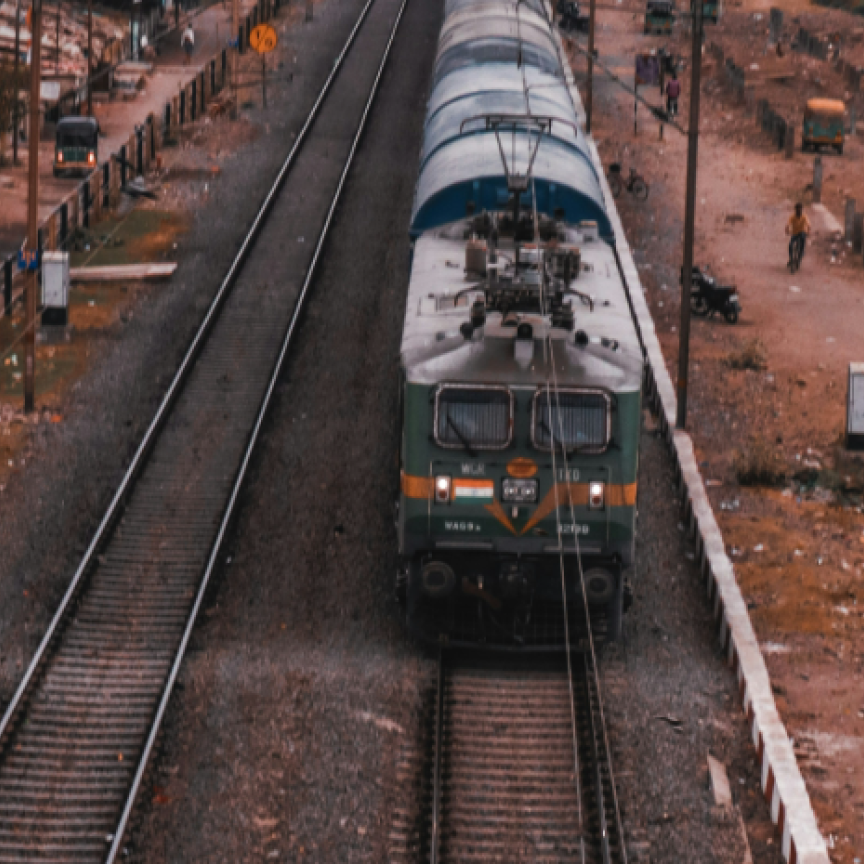Manufacturing glass generally falls into two broad categories: float glass, or flat sheets of glass, and hollowware containers made by glass blowing. Within this, there are a wide variety of different uses and grades, ranging from all-purpose glass for construction, automotive and consumer to high-grade glass for scientific and other specialised applications.
As in other industries, inspection systems are designed to detect defects, which in glass production are things like inclusions or bubbles, stones, scratches, tin pick-up from the float glass production lines, and knot lines. Where glass inspection differs is determining the size of those defects. ‘In most other fields it’s a point-specific defect – a hole, a piece of contamination, a scratch, etc,’ explains Jason Zyglis, industry manager at Cognex. ‘Glass defects, on the other hand, have a core size and an overall size that takes into account any distortion.’
Take the example of a bubble. This might be very small, but it will propagate strain and distortion through the glass. ‘You have to be able to measure and classify what the underlying defect is, be that a bubble or stone or knot line, but also measure how much of the adjacent material is affected,’ continues Zyglis. ‘It’s like the ripples in a pond when you throw a pebble in – that’s what happens in the glass before it solidifies.’
Optical filters are typically used to inspect for these defects, which exacerbate the response of the distortion field inside the glass. Cognex’s SmartView Glass software has binning features in which a subtle change taken from a camera response is used to classify the edge of the ripple. ‘This is something unique to glass, where defects have this propagation effect,’ says Zyglis.
‘The underlying distortions become critical if the glass is going in a windshield of a car, for instance. What might look like a very small point-specific defect on first inspection might be much larger once you look at the overall effect. The [inspection] techniques vary, but the goal is always the same: how do you say exactly what the size of the defect is?’
Typically, multiple camera views are used to inspect glass. These can include a transmission view, using optical filters to elicit some of the transparent-type defects.
There are also reflected views, which will classify contaminants like tin, which is a common float glass defect – float glass is manufactured by floating molten glass on a bed of metal, typically tin. ‘Tin will look like a dark spot under transmitted light; it will be detected, but not identified as tin,’ explains Zyglis. ‘To classify it accurately, light has to be reflected off the glass and imaged.’
Most float glass inspection will have anything between two and three camera views at different angles to capture all the inspection criteria. ‘We basically try and simulate a lab technician inspecting the product by picking up the glass and holding it at different angles, only with cameras at multiple angles for continuous inspection of the ribbon of glass,’ Zyglis says.
There is also a degree of gauging required to measure the thickness and width of the sheets. Systems such as Floatscan from Isra Vision provide gauging functionality, as well as defect detection.
Staying afloat
Float glass can range in thickness from anywhere from 2-20mm and vision systems are expected to be able to correct for changes in thickness automatically and maintain accuracy. According to Katrin Pape, CEO at German machine vision solutions provider, CTMV, the biggest challenge for glass inspection is engineering reproducible optical imaging so that inspection criteria are detectable and assessable with conventional image analysis methods.
‘Glass can be transparent; various degrees of transmission and lustre have to be considered, while opaque or composite materials with varying properties also play a role,’ she says. ‘Correct application or in-feeding of light is key upon glass inspection, as typical features such as bubbles are detectable mainly by their different refraction behaviour.’
CTMV has developed an inspection system for quality checks of large, thick glass plates, which are later processed into high-grade optical components. By means of a triple-axis system and combined line scan and matrix camera assembly, the device scans sample materials thoroughly at various levels for bubbles and inclusions as well as dirt particles before processing. Any detected defects are classified by size and mapped by their position.
Pape explains that processes for manufacturing high-grade glass for areas like laser optics, the semiconductor industry, and photovoltaic or chemical industries, are often highly specific and complex. ‘The extremely pure raw materials used, combined with long, multistage and complex manufacturing processes, result in high-value products. Moreover, they are frequently used as semi-finished goods, thus considerably affecting the product quality of the final product, such as ingots,’ she says, adding that, because of this, production processes and inspection methods differ from those applied in all-purpose glass.
Zyglis says that a different optical configuration is needed again for prismatic glass, which is made up of a number of pyramids, than for float glass. Prismatic glass is often used to cover photoreceptors in solar panels. ‘Cameras have to be able to ignore the noise inherent when viewing prismatic glass and still find and classify defects such as open or closed bubbles,’ he says.
For solar manufacturers, an open bubble is often more critical than a closed bubble. Light generally transmits through a closed bubble, whereas in the crater of an open bubble incoming light is refracted and reflected and doesn’t reach the photoreceptor. Open bubbles therefore lower the efficiency of solar cells, so the system has to be able to differentiate between open and closed bubbles.
‘With the right optical setup, a closed bubble will look like a bright central component as the light passes through, whereas an open bubble will have a dark centre component from the refracted and reflected light,’ Zyglis explains.
Assessing high-grade glass formed of several layers with differing quality and material properties also requires specialised inspection. ‘For depth calculation of inclusions and dirt particles in glass, or when characterising the bubble content of various layers, one needs to consider that the characteristics to be identified and assessed are optically mapped across several layers,’ Pape states.
CTMV has also developed inspection solutions for glass consisting of several layers or manufactured in highly complex forms.
Clear cut
As most glass is transparent, inspection, to some extent, is simplified. Zyglis notes: ‘What’s nice about glass inspection is that since it is transparent there is almost no background noise. This is opposed to a reflective substance or a material like paper that has a lot of inherent noise. Glass doesn’t have any of that. That enables us to really tighten up our thresholds.
‘When inspecting glass, there are hundreds of non-defects that aren’t reported,’ Zyglis continues. ‘There’s a whole screening process that goes on in the background.
‘We’re finding everything – even the little scuff marks from the rubber handling rolls transporting the panels on the conveyor will be seen. The systems have to classify these marks and determine whether there’s any underlying ripple or pattern or whether it’s just dust. For every one or two large defects that are of concern, there will be hundreds if not thousands of other defects that the cameras will find, but are just dust or debris on top of the glass.’
Inspection systems have to be able to filter out these non-critical defects, while pinpointing and mapping actual defects – all in real time.
The inspection of hollowware glass, like drinks glasses or bottles, as they emerge from casts at the hot end of production, presents a unique imaging challenge and one in which short-wave infrared (SWIR) cameras, in particular, have found a niche.
In bottle forming, glass is ejected from a mould at up to 600°C. ‘Defects in the hot glass won’t exhibit sufficient differences in temperature or emissivity to provide enough contrast to identify them with a visible camera,’ explains Doug Malchow, industrial business development manager, at SWIR camera manufacturer, Sensors Unlimited-Goodrich ISR Systems. ‘The temperature profile of the defect, however, stands out in an SWIR image.’
Above 200°C, glass is still relatively transparent in the SWIR wavelength range, whereas it becomes opaque when viewed by thermal cameras at longer wavelengths. Therefore, according to Malchow, SWIR cameras are really the only option to inspect both the interior and exterior of glass walls.

Shortwave infrared cameras can inspect both the exterior and interior of glass above 200°C. Left: a heated wine glass viewed with a visible camera. Right: the same scene imaged with a SWIR-InGaAs camera from Sensors Unlimited-Goodrich ISR Systems
Making an inspection while the glass is still hot can prevent it shattering due to uneven cooling or unmelted raw materials. Impurities in the silica former can also result in the material not melting completely, which, as the molten glass is blown out in the mould, can result in ‘stringers’ – glass filaments that form a lattice inside the bottle.
‘After the bottle cools, glass-on-glass defect inspection with standard visible machine vision is difficult, and these defects wouldn’t be easily caught as the bottle is packaged,’ explains Malchow. The danger is that the filaments fracture and break off inside the bottle, which is not only hazardous for the consumer, but could also result in a costly law suit.
‘There are standard machine vision drivers with regards to product perception, but the critical areas where there have to be zero defects are those involving glass breaking off inside the bottle,’ Malchow continues.
SWIR cameras also inspect for aspects like slumping – when the bottle exits the cast too hot and starts to sag – bottle dimensions, the consistency of the heat profile, and the presence of other contaminants such as soot. All of this feeds back information on the production process and identifies whether any moulds are inefficient or creating large numbers of defects.
Another inspection point where SWIR cameras can be used is when the molten gob of glass is injected into the mould. ‘There is some value in inspecting that process,’ Malchow states. ‘Inspecting the former that makes the gob and the injection process provides some control over aspects that might affect product quality.’


